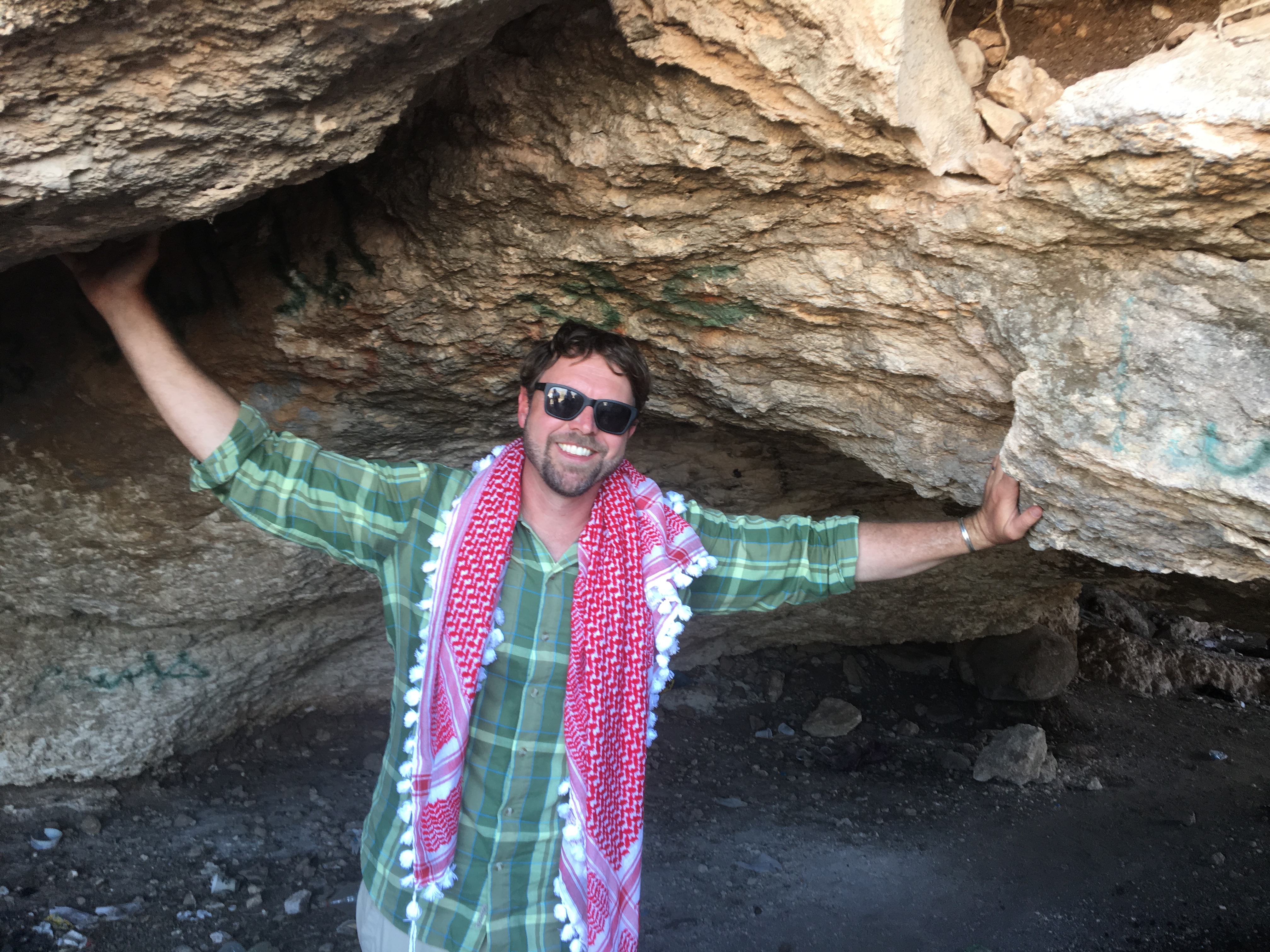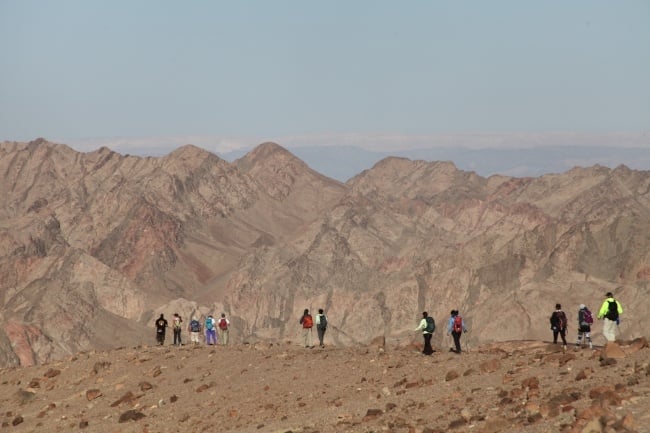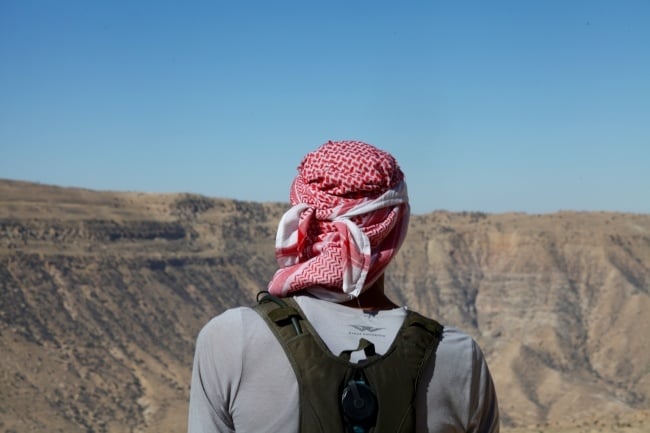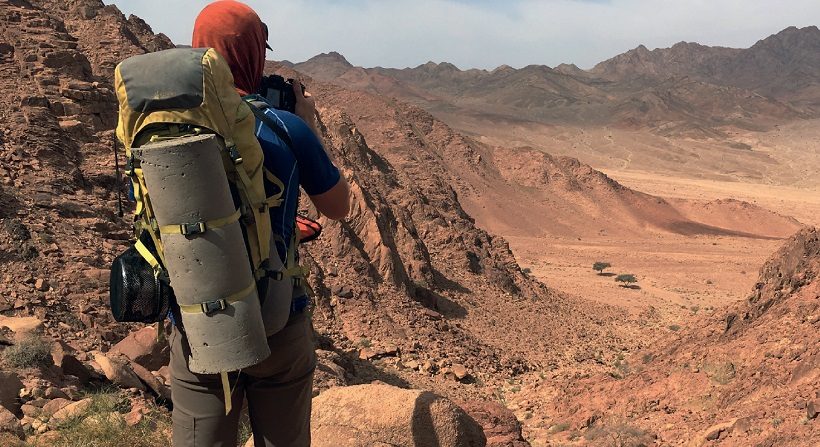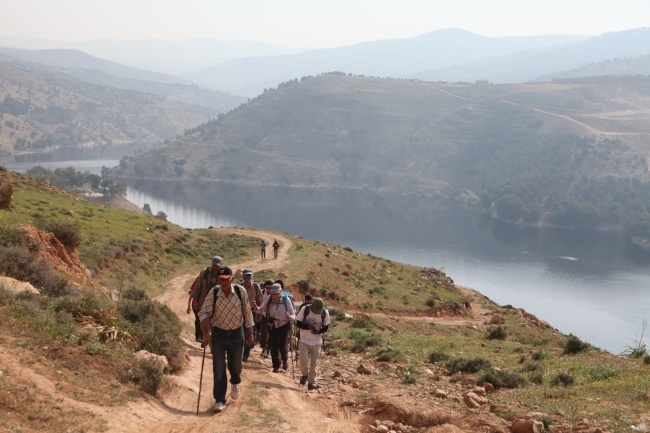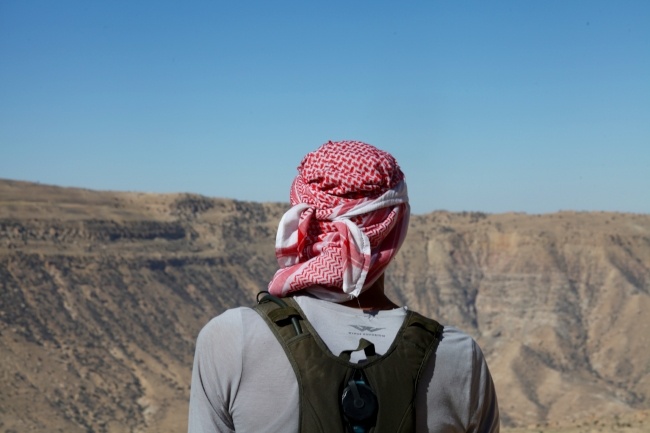
Life Below our Boots
When you drive, you watch the road—but when you hike, you stare at the ground for hours. Perhaps there are moments when you stop and acknowledge the sapphire sky, punctuated by a single swirl of wispy cloud—or you take a quick look back at the natural architecture of the earth, with walls and slopes and overwhelming hallways all shaped by stone the color of raspberry sherbet.
Otherwise, you simply watch the ground, judging every next step before dropping your boot down and repeating, over and over again. Hiking forces you to study the ground at close range, to anticipate the constant rise and fall of the trail, and to witness the amazing life that transpires in every square foot of the Earth.
Ever since leaving Kerak, I have been dodging dung beetles—these black balls of determination that struggle to keep up with their many appointments in the day. No matter where I look, the ground is busy with dung beetles, charging ahead over pebbles and sand, their legs like bendy acupuncture needles. There are several different species—like people, dung beetles come in many shapes and sizes, and it is quite plausible that in the last month I have seen more dung beetles than I have human beings.
People become sparser the further south we hike, while the locusts have reached Old Testament proportions. Now nearly every footstep I take sets off a chain reaction of hopping insects. Meanwhile, vast highways of ants are cutting through the wilderness like a swarm of Los Angeles commuters, and all of them with oversized baggage.
One day during lunch, I dropped a piece of bread the size of a 50 piaster coin, only to watch it move away from my boot—almost magically—as a single ambitious ant grabbed hold of the fallen pita and began lugging it back to headquarters like some alien treasure.
These ants inspire me to move and keep moving. I see the long distances they travel and think about them as I forge ahead through the miles that separate various spectacular moments that occur out here in our separate world of hiking and camping. Indeed, The Jordan Trail makes me feel like an ant—impossibly small upon the ground and moving single-file in some infinite line, each of them lost in the reverie of their lifelong hike.
We are in the kingdom of skittish lizards, too—thousands of them, ripping away from my footsteps like a panicked crowd fleeing Godzilla. As they rush away, I catch a blurred glance of color—some of them are light beige with striped, bright orange tails, others are as blue as the polished turquoise they sell in the souvenir shops of Petra. Out here, away from the villages and roads and cars—even away from the dogs—the silence is so big you can hear their tiny lizard feet scampering on the rock.
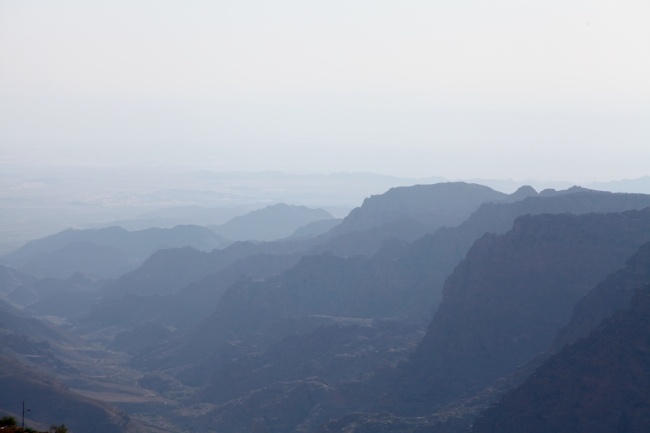
The rock is changing, too—a few days after leaving Kerak, the layered limestone vanished and the sandstone took over in a swirling maze of pastel colors. Suddenly we found ourselves dropping down into smooth slot canyons, shaped by an eternity of wind and water. Then came the rolling hills of igneous rock, shattered like broken glass across the landscape, all black-red with iron, leading towards a great wall of snaggletooth mountains.
Follow my personal adventure on social media with #AndrewWalksJordan and #ThruJT and on the Andrew Walks Jordan homepage.

